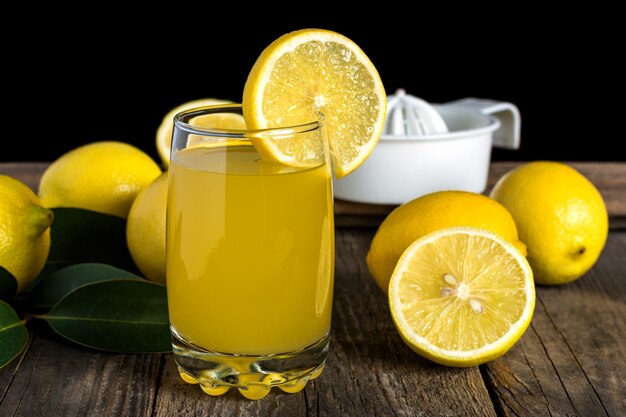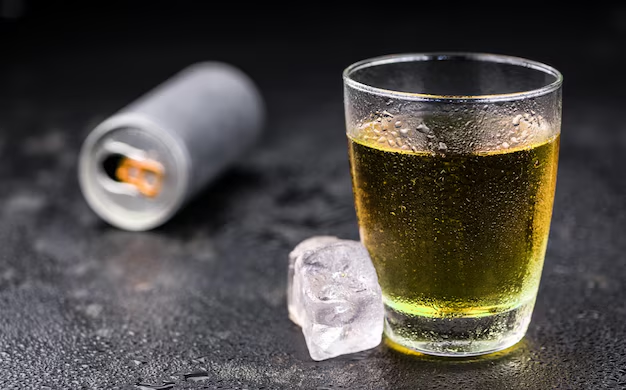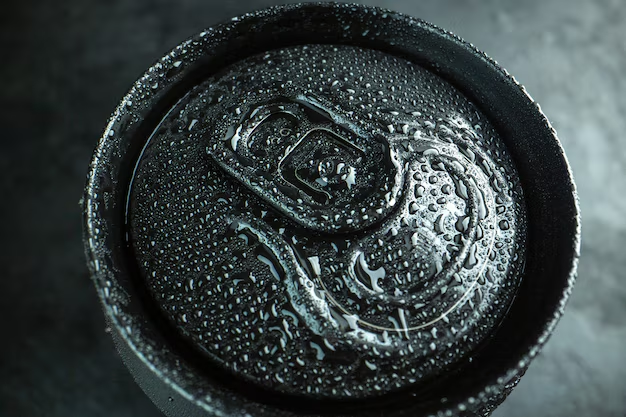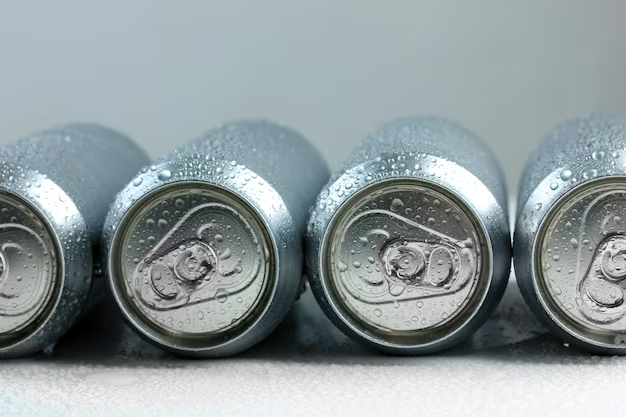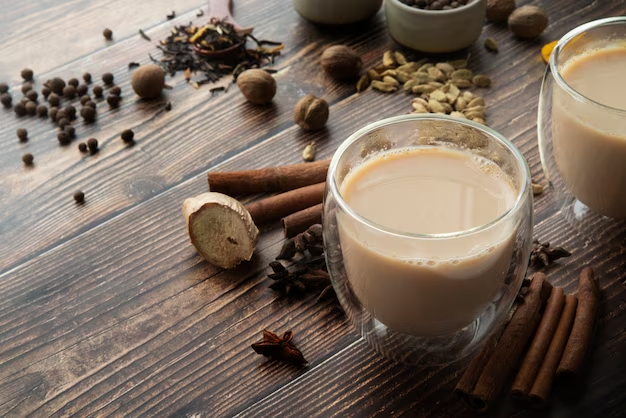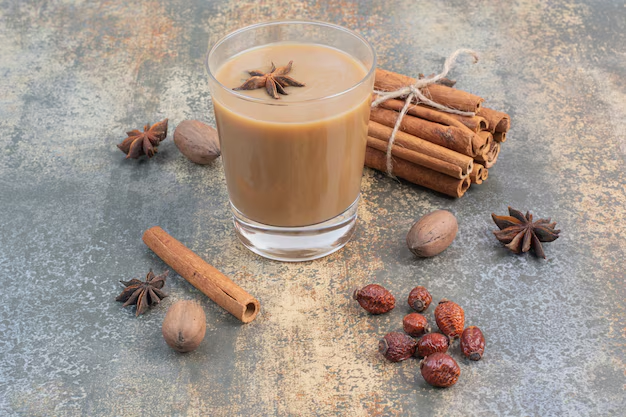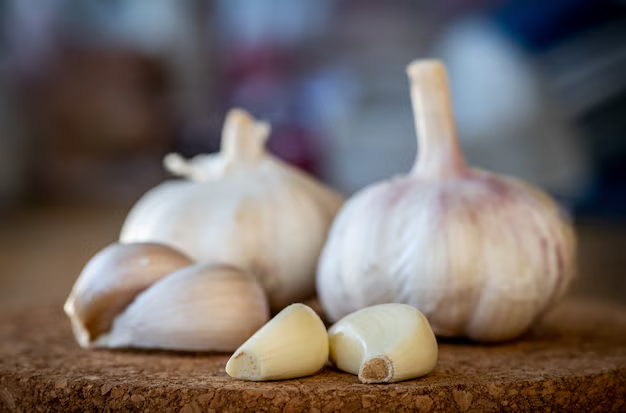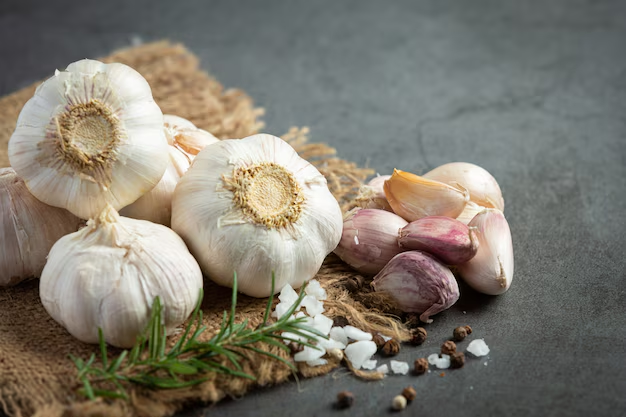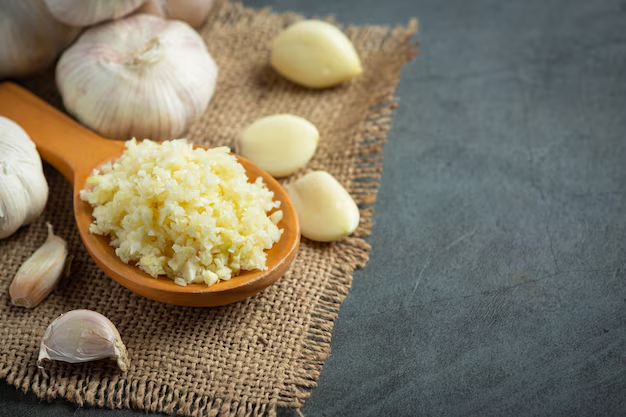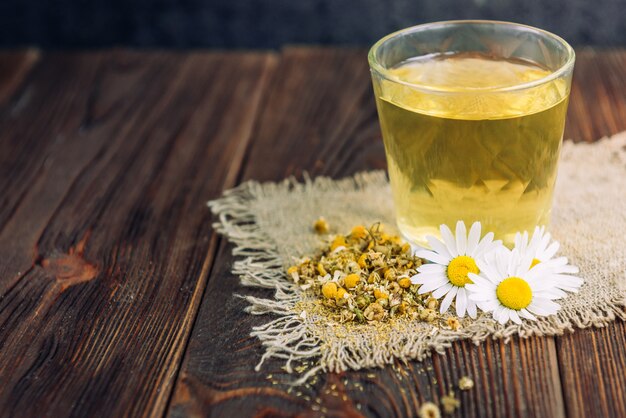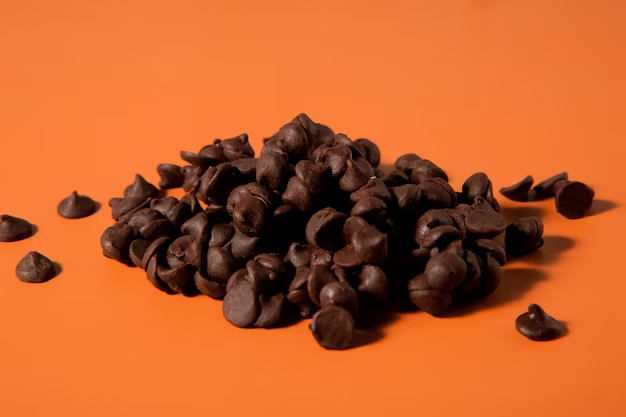Lemonade is a beloved beverage worldwide, especially in the United States. But is lemonade good for you? This tangy, refreshing drink is made from simple ingredients: lemon juice, water, and sugar. Its variations range from the classic homemade recipe to sugar-laden commercial versions found on store shelves. It is a summer staple in the U.S., cherished for its ability to quench thirst on sweltering days.
It’s woven into the cultural fabric, from backyard barbecues to roadside stands. This article explores the nutritional value of lemonade, its potential health benefits, and the risks it may pose. Whether you’re a fan of the homemade version or store-bought varieties, understanding lemonade’s impact on your health is essential.
What Is in Lemonade?
Lemonade typically contains three primary ingredients: water, lemon juice, and sugar. Some versions add preservatives, artificial flavors, or colors to enhance shelf life and appeal. Homemade lemonade is often the purest form, with no additives. However, store-bought lemonade may include extra ingredients such as high-fructose corn syrup, citric acid, and synthetic vitamins.
When comparing the two, homemade lemonade often contains fewer calories and less sugar. A cup of homemade lemonade usually has around 100 calories, depending on the sugar amount. In contrast, a store-bought serving might exceed 150 calories, with added preservatives and sweeteners.
How Many Calories in Lemonade?
The calorie content of this drink varies significantly. Homemade lemonade contains about 80–120 calories per cup, depending on the sugar used. Store-bought lemonades often pack more, sometimes exceeding 150 calories due to added sugars and concentrates. For those watching their calorie intake, opting for a reduced-sugar or sugar-free version might be a better choice.
Is Lemonade High in Sugar?
Yes, it is high in sugar, particularly in commercial varieties. A single serving of store-bought lemonade can contain 20–30 grams of sugar, which is equivalent to 5–7 teaspoons. This amount is close to or even exceeds the American Heart Association’s recommended daily sugar intake (36 grams for men and 25 grams for women).
Homemade drink can be adjusted to contain less sugar, making it a healthier option. Comparatively, this drink has a higher sugar content than plain water but may contain less than sodas or certain fruit juices.
Health Benefits

Hydration and Electrolyte Balance
Staying hydrated is vital, especially in hot climates. Lemonade provides a flavorful alternative to plain water, encouraging people to drink more fluids. The addition of electrolytes from lemon juice, like potassium, helps maintain the body’s fluid balance. While water remains the gold standard for hydration, this lemon drink can offer a more palatable choice for some.
Does Lemonade Have Vitamin C?
Yes, it contains vitamin C, a powerful antioxidant that supports immune health. Lemons are rich in vitamin C, which aids in collagen production, enhances skin health, and bolsters the immune system. A single glass of it can provide up to 20–25% of your daily vitamin C requirement. However, the amount may decrease in store-bought versions, which often use diluted concentrates.
Aids Digestion
The citric acid in lemons can stimulate digestive enzymes, promoting better digestion. Drinking it before or after meals may help alleviate indigestion or bloating. Additionally, the alkalizing effect of lemon juice, despite its acidic nature, may help balance the body’s pH levels.
Potential Alkalizing Effects
While lemons are acidic, their metabolic effect on the body is alkalizing. This means they may help maintain a balanced pH in the body when consumed in moderation. This potential benefit, however, is primarily seen with fresh lemon juice rather than sugary commercial lemonades.
Potential Risks
Is Lemonade Bad for You?
Lemonade is not inherently bad, but it can be problematic if consumed in excess. The high sugar content in most versions can lead to weight gain, blood sugar spikes, and increased risk of type 2 diabetes. Moderation and mindful consumption are key to enjoying it without adverse effects.
Acidity and Dental Health
The acidity of the lemon drinks can harm tooth enamel over time, leading to increased sensitivity and a higher risk of cavities. Combining acid with sugar, as in this drink, further exacerbates the issue. To minimize dental damage, consider drinking it through a straw and rinsing your mouth with water afterward. Avoid brushing your teeth immediately after consuming acidic beverages, as this can cause more harm to softened enamel.
Artificial Additives in Commercial Lemonades
Commercial lemonades often include preservatives, artificial flavors, and synthetic sweeteners to enhance taste and shelf life. These additives can cause adverse reactions in some individuals, such as allergies or digestive issues. Opting for homemade juice allows you to control the ingredients and avoid unnecessary chemicals.
Can Lemonade Help You Lose Weight?
Lemonade can support weight loss when consumed thoughtfully. Is lemonade good for weight loss? The answer depends on its preparation. Low-calorie lemonade, especially homemade versions with reduced sugar, offers a refreshing alternative to sugary sodas and juices. Lemon juice contains compounds like polyphenols, which some studies suggest may help reduce fat accumulation. Additionally, lemonade’s tangy flavor can help curb cravings for high-calorie snacks, making it a helpful addition to your weight-loss strategy.
However, not all lemonades are created equal. Store-bought varieties often contain excessive sugar, which can add unnecessary calories and derail weight-loss efforts. Choosing or making lemon juice with minimal sugar and natural ingredients is key to maximizing its benefits for weight management.
Lemon Water vs. Lemonade for Weight Loss
When comparing lemon water and lemonade for weight loss, lemon water is often the better choice. Lemon water is simply water infused with lemon slices or juice, containing almost zero calories. It provides the same hydration benefits and the tangy essence of lemon without the added sugar of traditional lemonade. On the other hand, it often includes sugar, which can contribute to calorie intake.
Lemon water is also easier to prepare and can be enjoyed throughout the day without worrying about sugar consumption. If weight loss is your goal, consider sipping lemon water during the day and saving lemonade as an occasional treat.
Tips for Making Weight-Loss-Friendly Lemonade
- Use Natural Sweeteners: Swap refined sugar for stevia, honey, or agave syrup. These alternatives are lower in calories and have a lower glycemic impact.
- Dilute It: Mix more water into your recipe to reduce the concentration of sugar while keeping the flavor refreshing.
- Add Herbs or Spices: Herbs in lemonade can enhance the flavor and provide additional health benefits.
- Limit Serving Sizes: Stick to a single serving to manage calorie intake effectively.
- Experiment with Sparkling Water: Add a fizzy twist to your drink without increasing the calorie content.
Why Homemade Lemonade Is Healthier?
Homemade lemonade is almost always a healthier option compared to store-bought varieties. It allows complete control over the ingredients, ensuring that you can limit sugar, avoid artificial additives, and incorporate natural flavors. Store-bought lemonades often contain high-fructose corn syrup, artificial colors, and preservatives, which can negate any potential health benefits.
When you make lemonade at home, you can tailor it to your preferences, using fresh lemons and healthier sweeteners to create a drink that’s both delicious and nourishing.
Best Sweeteners for Healthier Lemonade
If you’re trying to reduce sugar intake, consider these alternatives for sweetening lemonade:
- Stevia: A calorie-free natural sweetener derived from the stevia plant.
- Honey: Contains antioxidants and provides a natural, mild sweetness.
- Agave Syrup: A plant-based sweetener with a lower glycemic index.
- Monk Fruit Sweetener: A zero-calorie option with a fruity taste.
- Coconut Sugar: A natural sweetener that’s less processed than white sugar.
Each sweetener has its unique flavor profile, so experiment to find the one that works best for your taste.
Recipes for Healthier Lemonade

- Classic Low-Sugar Lemonade:
- Ingredients: Fresh lemon juice, water, and a natural sweetener like stevia.
- Instructions: Mix 1 cup of lemon juice with 4 cups of water. Sweeten to taste.
- Mint and Ginger Lemonade:
- Ingredients: Lemon juice, water, grated ginger, mint leaves, and honey.
- Instructions: Boil ginger in water, strain, and mix with lemon juice and mint. Sweeten with honey.
- Sparkling Berry Lemonade:
- Ingredients: Lemon juice, sparkling water, blended berries, and agave syrup.
- Instructions: Blend berries, strain for juice, and mix with lemon juice, sparkling water, and a touch of agave.
Is Lemonade Good for Pregnancy?
It can be a refreshing drink for pregnant women, but it should be consumed in moderation. Its high vitamin C content supports the immune system and aids in iron absorption. However, sugary lemonades can contribute to excessive weight gain or gestational diabetes.
Pregnant women should prioritize homemade drink with minimal sugar. Always consult a healthcare provider before making significant dietary changes during pregnancy.
Lemonade for Kids
Kids love lemonade, but the high sugar content in commercial versions isn’t ideal for their health. Homemade lemonade allows parents to adjust sweetness and use natural ingredients. Adding fun elements like colorful fruits or a splash of sparkling water can make it more appealing to children. Using honey or stevia instead of refined sugar keeps it healthier without compromising on taste.
Is Lemonade Good for Detox?
Lemonade, especially when made with fresh lemon juice, can be a supportive addition to a detox plan. Lemons are rich in antioxidants and citric acid, which may aid in liver function and toxin elimination.
Some detox plans include variations like the “lemon detox drink,” which combines lemon juice, water, cayenne pepper, and maple syrup. While these drinks can provide short-term benefits, they should not replace a balanced diet for long-term health.
Frequently Asked Questions (FAQs)
Does lemonade hydrate you better than water?
Lemonade hydrates effectively, but it’s not better than plain water. Its sugar content can slow absorption slightly. For optimal hydration, stick to water and use lemonade as a supplementary option.
Can lemonade help with digestion?
Yes, lemonade can aid digestion. The citric acid in lemons stimulates digestive enzymes, improving food breakdown. Drinking a small glass before meals can help reduce bloating and indigestion.
Is lemonade acidic or alkaline?
Lemonade is acidic due to its citric acid content. However, when metabolized, it has an alkalizing effect on the body, which may help balance pH levels.
What is the best lemonade recipe for weight loss?
The best recipe for weight loss is low-sugar lemonade. Combine lemon juice, water, and a natural sweetener like stevia. Add mint or ginger for extra flavor without extra calories.
Can I drink lemonade every day?
Yes, but moderation is key. Limit high-sugar versions to avoid weight gain and dental issues. Opt for homemade, low-sugar recipes for daily consumption.
Conclusion
Lemonade can be a delightful and refreshing beverage when consumed wisely. Homemade versions, with reduced sugar and no additives, offer a healthier alternative to store-bought varieties. While it provides hydration and a boost of vitamin C, its high sugar content and acidity can pose risks to dental health and overall wellness. Moderation, along with smart choices like using a straw and adjusting the sweetness, can help you enjoy this lemon drink without compromising your health.

